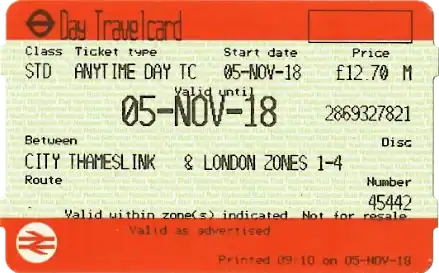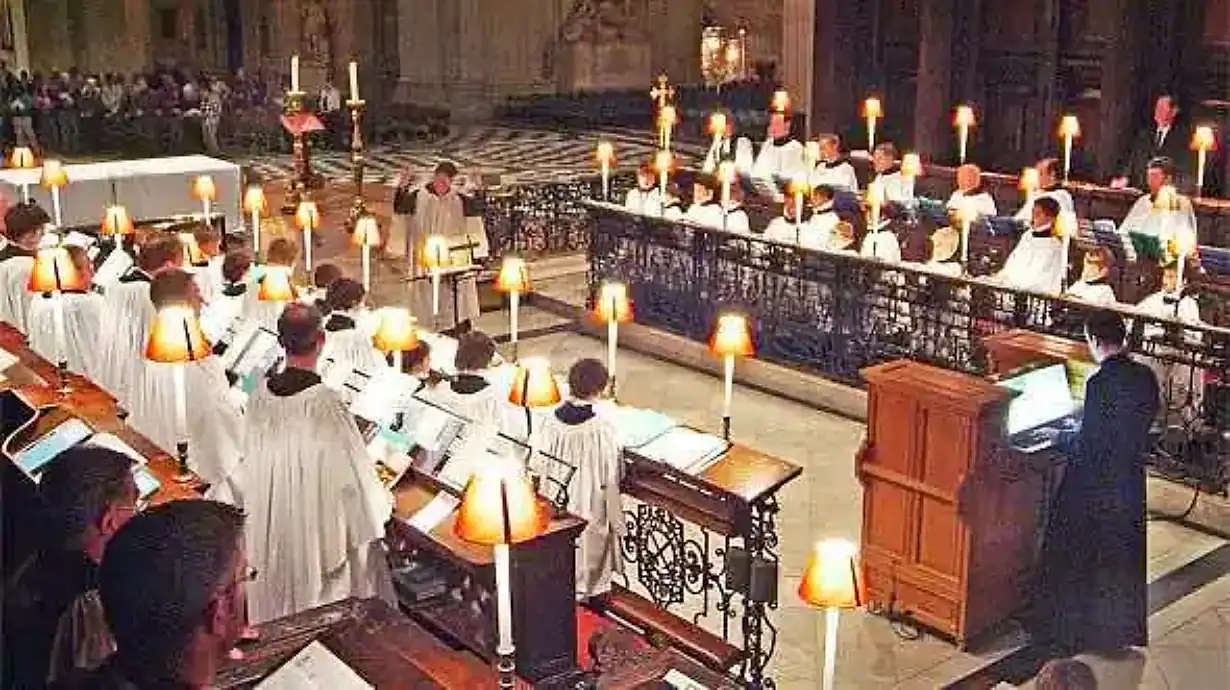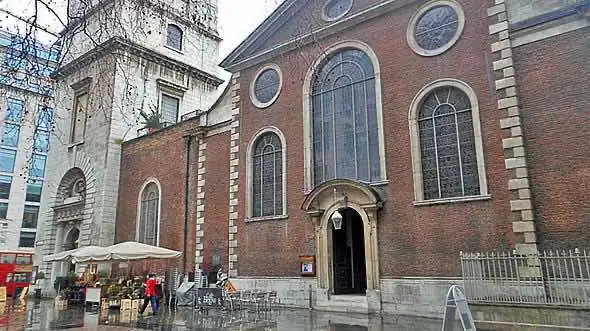
A lot of London’s churches are like a layer cake. They have an original crypt from 900 years ago, then a burnt out sponge in the middle (courtesy of the Great Fire of London), and top it all off with some decorative icing by Christopher Wren. Then the greedy Luftwaffe come along and devour it in a single night. St. Mary-le-Bow is exactly like that. Wren’s outer walls and tower sit on top of an 11th-century crypt, and the rest was rebuilt after the Blitz.
Cockney Great Bell of Bow
The church’s biggest claim to fame is the Great Bell of Bow in the steeple. If you want to call yourself a proper Cockney then you’re supposed to have been born within the sound of this bell. Legend has it that Dick Whittington was turned back to London after hearing it ring on Highgate Hill – “Turn again Whittington, thrice-times Lord Mayor of London” – but that is total nonsense of course, because Highgate Hill is miles away. He would have needed superhuman hearing to have heard it from there.
The Norwegians certainly heard it from across the North Sea though, because the BBC used to broadcast its bong across occupied Europe. The Germans promptly dropped a lucky shot on the roof, totally trashing the inside, and when the war was won the Norwegians gifted the rebuilt church a dragon for its chapel.
The interior is nice enough, but it’s rather too new for me so I never give it more than five minutes. It’s basically just a blue-roofed box with gold-leaf decorations. They’ve filled the windows with some decent stained glass, but the pictures are rather dark and difficult to follow and you need to invest a bit of time in them to see what they’re saying.
The 11th-century Norman crypt
The 11th-century Norman crypt underneath is in two separate sections. The first section is just a skinny little corridor that has been turned into a cafe. All you can see down there are pine tables and tubular chairs and a couple of apron-ladies polishing their coffee machines.
The second section can be reached from a doorway in the courtyard (you actually have to go outside the church and walk to the corner, where you’ll find a set of stairs behind some railings). At the bottom of these stairs is a small stone chapel with a vaulted roof and tombstones on the floor. It’s worth a quick look if you’re already in the vicinity, but it’s not worth a detour.
I also recommend… If you enjoy this then try St. Bride’s (walk it in 12 mins or travel from Mansion House to St Pauls via tube); St. Dunstan-in-the-West (walk it in 16 mins or travel from Mansion House to Temple by tube) and St. Magnus-the-Martyr (you can walk it 10 mins). If you’re got an interest in Dick Whittington then he’s buried somewhere inside St. Michael Paternoster Royal church
How to get to St. Mary-le-Bow
| Fare zone | Cash | Oyster & Contactless | Travelcard | ||||
|---|---|---|---|---|---|---|---|
| Single fare | Single fare | Daily cap | One day | ||||
| Peak | Off-peak | Peak | Off-peak | Anytime | Off-peak | ||
| Bus (all zones) | n/a | £1.75 | £5.25 | £6 | |||
| Train (zone 1) | £7 | £2.90 | £2.80 | £8.90 | £8.90 | £16.60(zone 1-4) | £16.60(zone 1-6) |
| Train (zone 1-2) | £7 | £3.50 | £2.90 | £8.90 | £8.90 | ||
| Train (zone 1-3) | £7 | £3.80 | £3.10 | £10.50 | £10.50 | ||
| Train (zone 1-4) | £7 | £4.60 | £3.40 | £12.80 | £12.80 | ||
| Train (zone 1-5) | £7 | £5.20 | £3.60 | £15.30 | £15.30 | £23.60(zone 1-6) | |
| Train (zone 1-6) | £7 | £5.80* | £3.80* | £16.30 | £16.30 | ||
| * Journeys between zone 1 and Heathrow are always charged at the peak rate. Prices are correct as of | |||||||
More things to do in The City

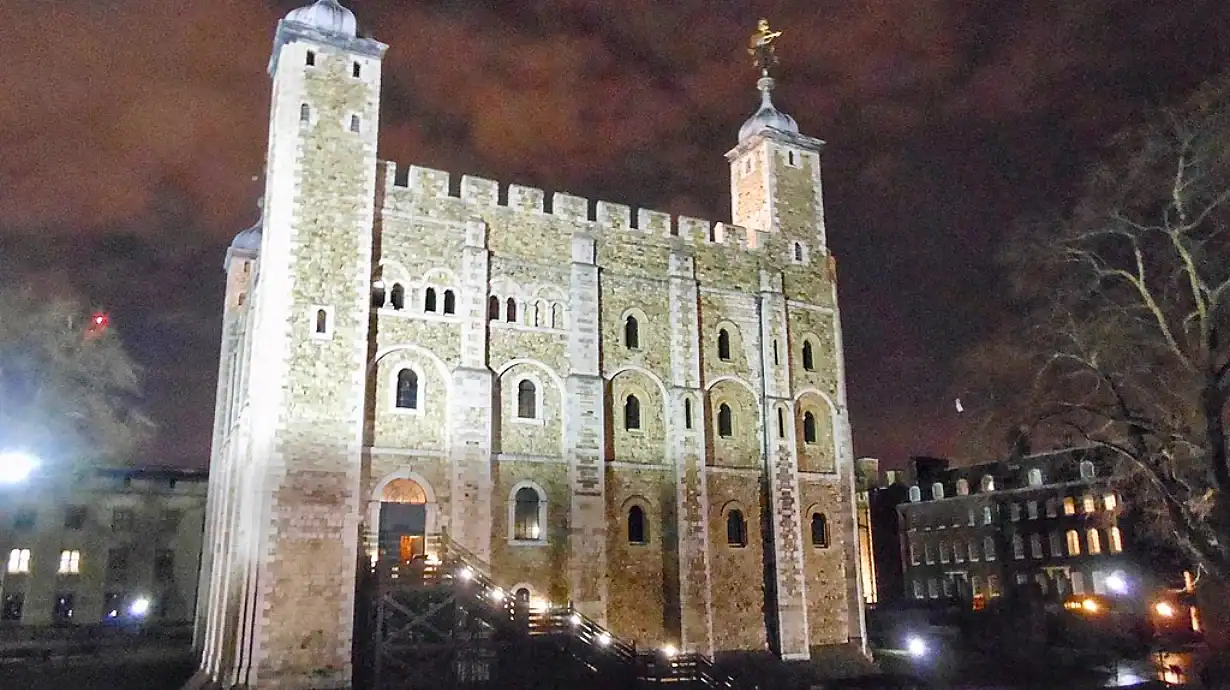
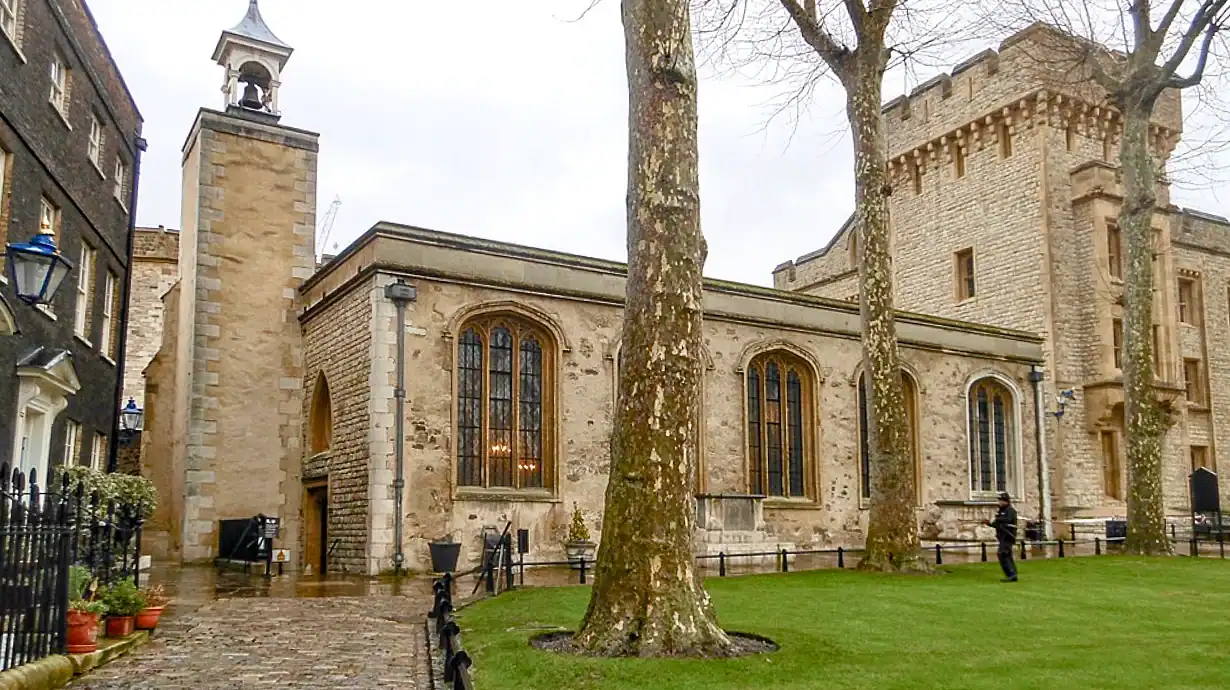
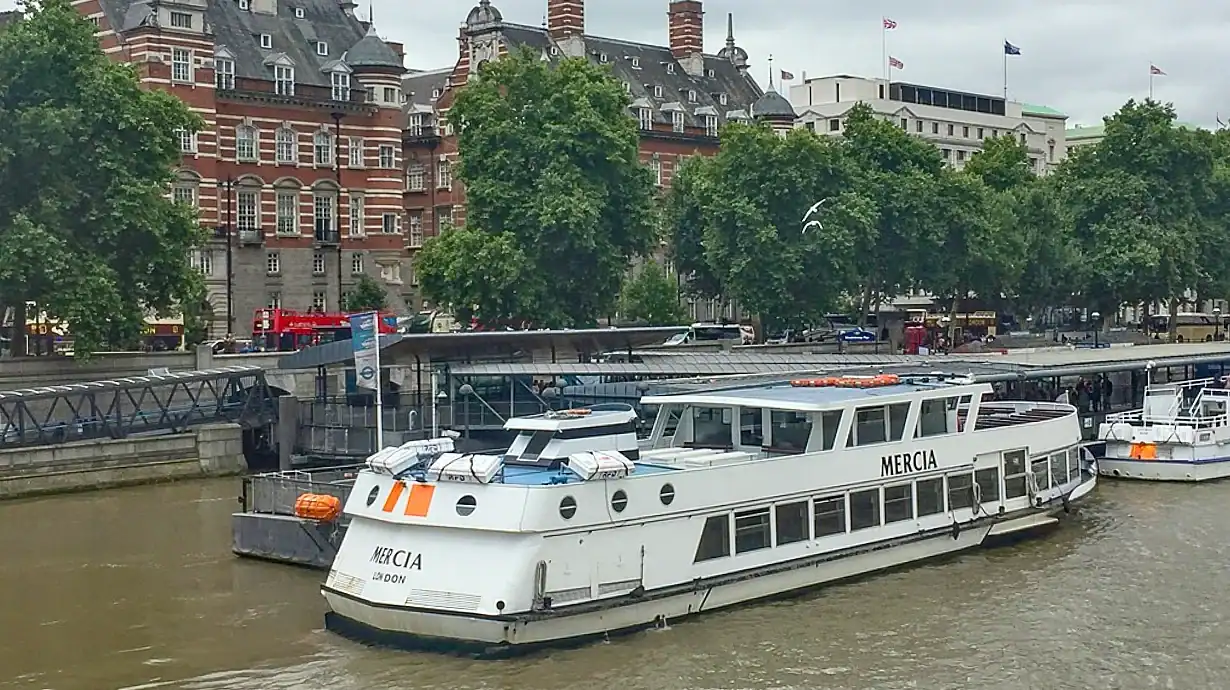
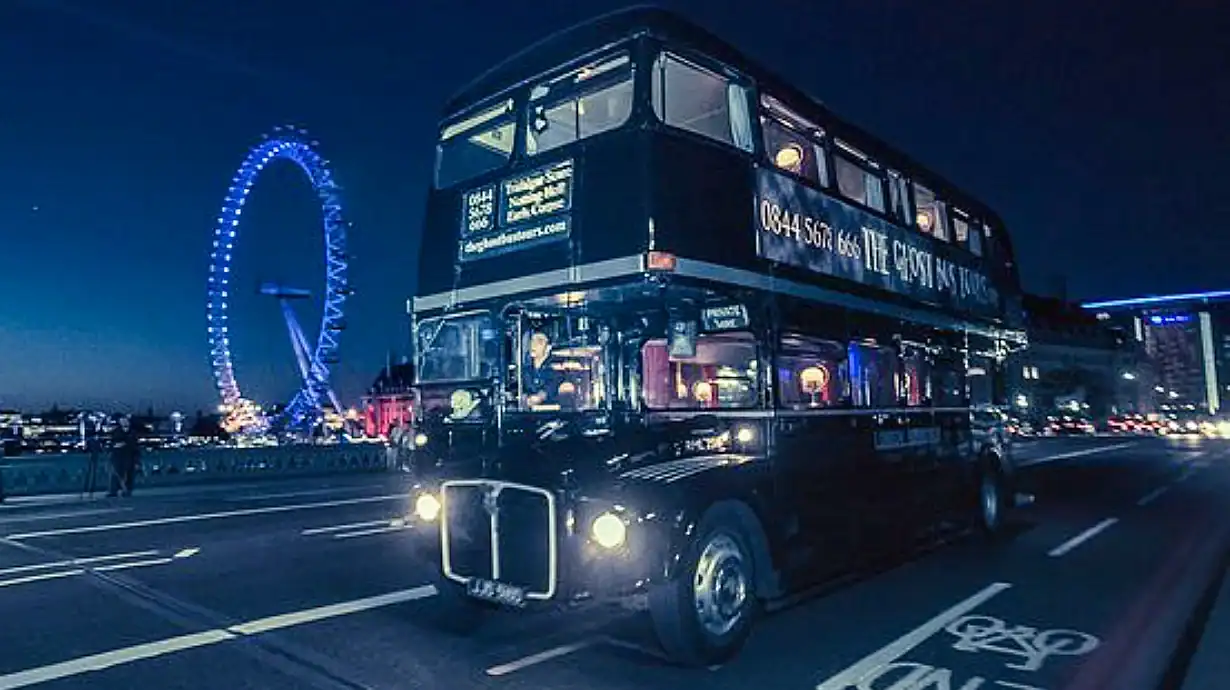
 Twitter
Twitter Facebook
Facebook Bluesky
Bluesky WhatsApp
WhatsApp Email
Email


